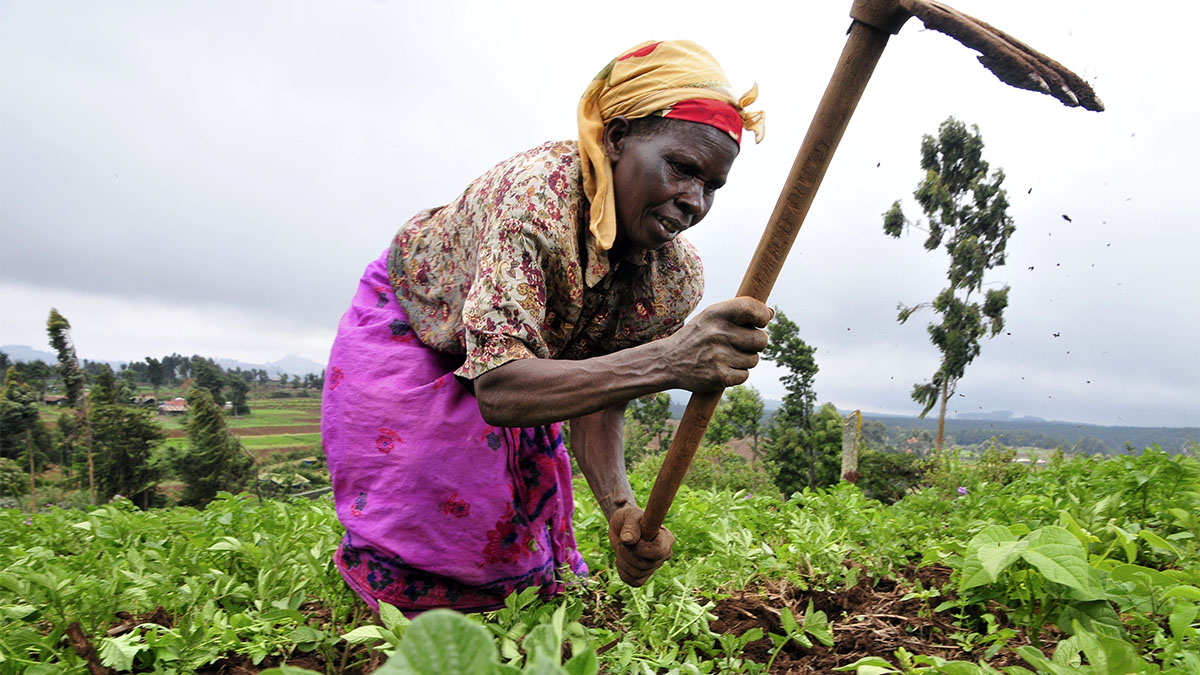The report presents insights into the continent’s top investment prospects, with the top five countries having remained unchanged from the 2024/25 edition.
The small island economies of Seychelles and Mauritius retain their rankings at first and second, with their scores reflecting small but appealing markets.
The significantly larger economies of Morocco, Egypt and South Africa remain ranked third, fourth and fifth, respectively.
Côte d’Ivoire was highlighted as a notable riser, moving up eight places to eighth. Nigeria dropped the furthest, falling nine places to eighteenth.
Presenting key findings from the report at the report launch in Sandton, GIBS professor Adrian Saville indicated that South Africa had been “stuck in neutral” for the past few years because its gross domestic fixed investment was not at the requisite level.
For it to move out of its “stuck” position, it needs investment confidence to be restored, with the country already presenting an investable destination, and recently making strides on energy supply security and improving the logistics network.
The report was also finalised before the Financial Action Task Force’s decision last week to delist South Africa from its “grey list” of jurisdictions under increased monitoring, and therefore, it could not fully account for the upshots of this decision, Saville averred.
However, the report does reference the grey list, noting that a likely exit from the list would bring a welcome mark of approval for capital allocators and business operators.
The WTIIA provides an overview of the factors shaping each country’s investment landscape, aimed to assist investors and policymakers with identifying where the best opportunities for growth and impact lie.
“Over the past year, Africa’s investment landscape has been shaped by significant political and policy developments. Elections across multiple countries, episodes of unrest and policy uncertainty, and the global fracturing and reorientation have all had measurable macroeconomic effects.
“Changes in the political and the subsequent policy environment and declining foreign aid, coupled with the redirection of global capital flows, are reshaping how African economies engage with the world, moving from dependence toward resilience and self-determination,” RMB chief economist Isaah Mhlanga said.
Against this backdrop, the 2025/26 report explores the theme “From aid to investment and trade”, reflecting a broader transition underway across the continent.
Saville said that, while institutional integrity held firm, the shifts and changes experienced last year were “unprecedented”. He said this could be the moment for trade to displace aid, which could be a powerful contributor to Africa, which is, on the balance of things, growing quickly.
Notably, the report shows that trade potential opportunity is happening outside of North America, Saville highlighted.
The report analyses 31 African nations, which represent 90% of the continent’s GDP, 83% of the population and 61% of the total land mass.
It explores the opportunities and complexities of investing in the diverse African economic landscape, incorporating macroeconomic, markets and demographic data in the form of 20 distinct metrics, which are categorised into four pillars to reflect each metric’s impact on the economy.
The scoring system assesses these nations through four key pillars: economic performance and potential; market accessibility and innovation; economic stability and investment climate; and social and human development. These criteria help to build a balanced and data-driven view of investment attractiveness across the continent.
The report’s index focuses on fundamentals and structural elements that shift slowly over time; therefore, country rankings typically remain relatively stable from year to year.
This year’s results reflect the impact of shifting political and economic conditions across the continent. While 11 countries retain their positions from last year, and 22 countries have moved two or fewer positions, seven countries have moved between two and four positions, and six countries have moved five or more positions in the rankings.
These significant shifts in rankings reflect the result of either currency devaluations, data restatements or foundational changes.





